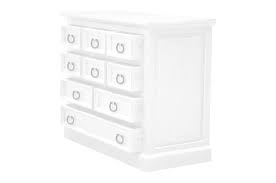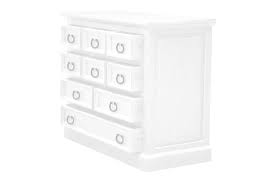Drain field replacement can cost anywhere from $2,000 to $10,000. If there are larger tree roots in the line, you might need to start by using a rented mechanical drum auger with a root cutting blade to dislodge the roots, and then flush the line with a sewer jetter to remove the septic sludge.

Disguising a Drain Field Plants, Landscape drainage
At the leach field the water divides up into several pipes where it exits into the ground through small holes in the leach field pipe.

What is a leach field sewer. Wastewater generally flows from the. The bacteria that enters with the waste digests the organic material and pathogens and helps clear out the water. The leach field, also known as the drain field, is the underground area on your property where your leach field pipes filter the wastewater from the tank into the soil.
How the leach field works. A leach field will be multiple trenches that can be as big as 100 feet long and maybe 1. As you can see this is a long process and everything must go as designed or the system will fail.
The wastewater sinks into the soil, where it is broken down by natural bacteria. A leach field is commonly know as a drain field which is a portion of area that is attached to a septic tank for an individual home. Not all septic systems have leaching lines.
Put on fluid resistant work gloves and eye protection. It is responsible for removing contaminants and impurities from liquid after it leaves the septic tank. Some damage will be noticed immediately.
How septic leach fields are built. The first sign of a problem with drain field is often a swampy area in the yard, or an odor of sewage on the property. The leach field, also known as the drain field, is the underground area on your property where your leach field pipes filter the wastewater from the tank into the soil.
The leach field, also referred to as a drain field, receives the wastewater from the septic tank. The two major parts of a typical septic system (septic tank and leach field) are buried just under the ground surface anywhere from 16 inches to three feet down. To clean the septic leach field with a sewer jetter:
A leach field is a series of trenches and perforated pipes covered with a porous material, like gravel, and filters pathogens in waste safely into the soil. Most septic system failures are caused by issues with the leach field. It is also called a septic tank drain field or a leach drain.
It is an indicator of human fecal contamination. Use extra care if you believe the drain might contain drain cleaning chemicals. The leach field component of a septic system is nothing more than a secondary holding area where bacteria can continue to further consume sewage materials while.
Can you walk on a septic field? Smaller leach field size due to optimal percolation, increased retention capability for heavy loading days, root infiltration protection for long term viability, resistance to traffic, and more. See an animation of the septic tank leach field process here
Once solid material is removed from your home’s waste in the septic tank, the liquid wastewater, otherwise known as effluent , is released into the drain field. These systems help to manage and get rid of any waste and impurities. The drain or leach field is the section of the septic system that transports the waste water back to the soil.
The main purpose of the leach field is to disperse liquids from the septic tank in the an area of soil by means of drains which eventually gets spread out in the large area known as the leach field. This section of the septic system consists of a network of perforated pvc drain pipes, crushed stone and a layer of unsaturated soil. This makes them susceptible to surface activities such as driving or parking vehicles or equipment over them.
The septic leach field consists of a series of drain lines and it tends to cover a fairly expansive space. As the level of the tank rises, the effluent leaves the tank and heads to the drain field. This water soaks through the gravel bed of the leach field then is absorbed.
A leach field is an underground array of perforated pipes that are adjacent to a septic tank. A drain field, also known as a leach field, is a critical component in any septic system. The leach field is the final destination of water released from your toilets and drains, and when the system is functioning as it should, the water percolates into the soil and disperses.
Your drain field, or leach field—whichever you’d prefer, is a shallow excavated area on your property that consists of a network of soil, pipes, trenches, and gravel. The wastewater sinks into the soil, where it is broken down by natural bacteria.

[Video] A groundlevel view of a chamber system. How to

DIY Gray water drain field Underground drainage, Septic

Pin on Septic Tank Pipe Replacements Cork

Septic System Design best septic site with many diagrams

Leaching Field septic system Septic tank, Septic tank

The Best and Worst Plants to Grow Over Septic Systems

The septic technique does the job of taking the wastewater

Top 10 Septic System NoNo's Septic system, Septic tank

Mounded leachfield planted in perennials… wow Garden

You Have a Septic Tank, Now What? SeptiCleanse Review

Septic drain fields pose a difficult landscaping question

All septic repair and installation skills require years to

Portable Toilets Rental, Sewer Installation Services

Pressure Distribution Septic System Septic system

Fantastic to check into guttersrepair in

Septic Drainfield with Intercepting Drain in 2020 Septic





